he is represented in a bust in a large wig, wearing a breastplate and holding his staff of Marshal of France.
Oil on canvas, relined in the 19th century. In an old frame in wood and stucco redone in the 19th century.
Dimensions of the canvas 107x87 cm
François-Henri de Montmorency-Bouteville, Duke of Piney-Luxembourg (1628-1695) Count of Bouteville and Count of Luxe, Duke of Piney-Luxembourg, Peer of France (1661) and Marshal of France (1675), better known as name of Marshal of Luxembourg or that of upholsterer of Notre-Dame, is a French soldier of the seventeenth century.
One of his ancestors took part in the battle of Bouvines alongside Philippe Auguste, he is a cousin of Duke Henri II of Montmorency, beheaded for the crime of lèse-majesté on October 30, 1632.
His father, the Comte de Bouteville, was also executed six months before his birth for fighting a duel against François d´Harcourt, Marquis de Beuvron, in broad daylight at Place Royale in Paris. The name of Montmorency is no longer in the odor of sanctity. His aunt, Charlotte de Montmorency, Princess of Condé, offered him protection and brought him up with her son, the Duke of Enghien. He became attached to his cousin, and shared his successes and setbacks during the Fronde des Princes, both of whom went into exile in the Spanish Netherlands. He was then known under the name of Comte de Bouteville.
Back in France in 1659, Condé and he are forgiven. Condé becomes attached to the Duchess of Châtillon, the sister of Montmorency, and arranges, in 1661, the marriage of his cousin with the most beautiful party of France, Madeleine de Luxembourg-Piney, Princess of Tingry and heir to the Duchy of Piney, known as the Duchy of Luxembourg. This marriage made Bouteville a peer of France.
At the start of the War of Devolution, in 1667, Condé and himself were left unassigned, but during the second campaign, in 1668, he obtained the rank of lieutenant general alongside Condé in the conquest of Franche-Comté. During the years of peace which followed, Luxembourg cultivated the favors of Louvois.
He fought under the Prince of Condé, at the Battle of Rocroi, May 19, 1643, and served at the siege of Thionville, a city taken on April 10. He found himself at the first attack on the Bavarian entrenchments near Freiburg on April 3, 1644 at the second attack on the 5th; at the capture of Speyer, on the 27th; of Philisbourg, September 9, and fortress of Mainz, the 17. He fought at the battle of Alerheim, August 3, 1645, at the capture of Furnes, September 7, 1646; at that of Dunkirk, on October 7; the lifting of the siege of Lérida by the French on June 17, 1647; at the capture of Ypres, April 26, 1648, and at the battle of Lens, in August. Having declared himself against the Court, after the detention of the Prince of Condé, he served in the Spanish army, and was taken at the battle of Rethel, December 15, 1650. Reunited with the same prince after the latter had recovered his freedom , in 1651, he attacked in Bléneau the quarters of Marshal d'Hocquincourt, on April 7, 1652.
He found himself at the Porte Saint-Antoine day, July 2. He followed the Prince of Condé to the siege and to the capture of Rethel on October 30; de Sainte-Menéhould, on November 25, and the lifting of the siege of Arras by the Spaniards, with whom it was defeated, on August 25, 1654. He contributed to the defeat of Marshal de la Ferté before Valenciennes, on July 16, 1656 ; when Condé was captured by the Spaniards on August 18 and Saint-Guilain on March 12, 1657. He was defeated by the Spaniards near the Dunes on June 14, 1658, and he remained there prisoner. He returned to France at the Peace of the Pyrenees on November 7, 1659.
In 1672, during the Dutch war, he was appointed governor of Holland. He defeats the Prince of Orange at Woerden and ravages Holland, and in 1673 he protects the retreat from Utrecht to Maastricht with only 20,000 men against an army of 70,000. This feat places him at the forefront of generals.
In 1674 he was made captain of the king's guards, and in 1675, marshal of France. In 1676 he was placed at the head of the Army of the Rhine, but in 1677, he failed to prevent the Duke of Lorraine from taking Philipsbourg. In 1678 he defeated the Prince of Orange in Saint-Denis on August 14, 1678, a useless fight since it won the day after the signing of the Treaty of Nijmegen (August 10, 1678).
His reputation is at its highest, to the point of making people envious. When the poisons affair arose, Louvois used the old alchemist experiments of Montmorency as a pretext to accuse him of murder and of pact with the devil; he was imprisoned in the Bastille in January 1680. Quickly released, he was condemned to exile on his land for a year.
He did not regain favor in Louis XIV's eyes until 1688, when the War of the League of Augsburg broke out. The king and Louvois believe that Luxembourg is the only one able to face the Prince of Orange, and give him.
The following year, September 18, 1691, he commanded the victorious army at the Battle of Leuze. Then he again defeated the Prince of Orange at the Battle of Steinkerque in 1692 and at the Battle of Neerwinden (1693) in 1693. He was nicknamed the upholsterer of Notre-Dame because of the large number of enemy flags taken by his troops on the battlefields and decorating the nave and choir of Paris Cathedral. He was enthusiastically received everywhere in Paris, except by the king who saw him only as a relative and disciple of Condé.
In the campaign of 1694, Luxembourg had little opportunity to shine in Flanders, except when it led the famous march from Vignamont to Tournai facing the enemy. On his return to Versailles during the winter, he fell ill and died on January 4, 1695 at the age of 66. Source Wikipedia
Arrived in Paris in 1681, Rigaud obtained the Prix de Rome in 1682, but did not make the trip to Rome, on the advice of Charles Le Brun. Received at the Royal Academy of Painting and Sculpture in 1700, he climbed all the levels of this institution until his resignation in 1735.
According to the French art writer Louis Hourticq, “Rigaud, in dying, leaves a gallery of great characters with whom our imagination now populates the Hall of Mirrors; Rigaud is necessary for the glory of Louis XIV and he participates in this radiance of a reign whose majesty he has established. "True" photographs ", faces that Diderot described as" letters of recommendation written in a language common to all men ", Rigaud's works today populate the largest museums in the world.



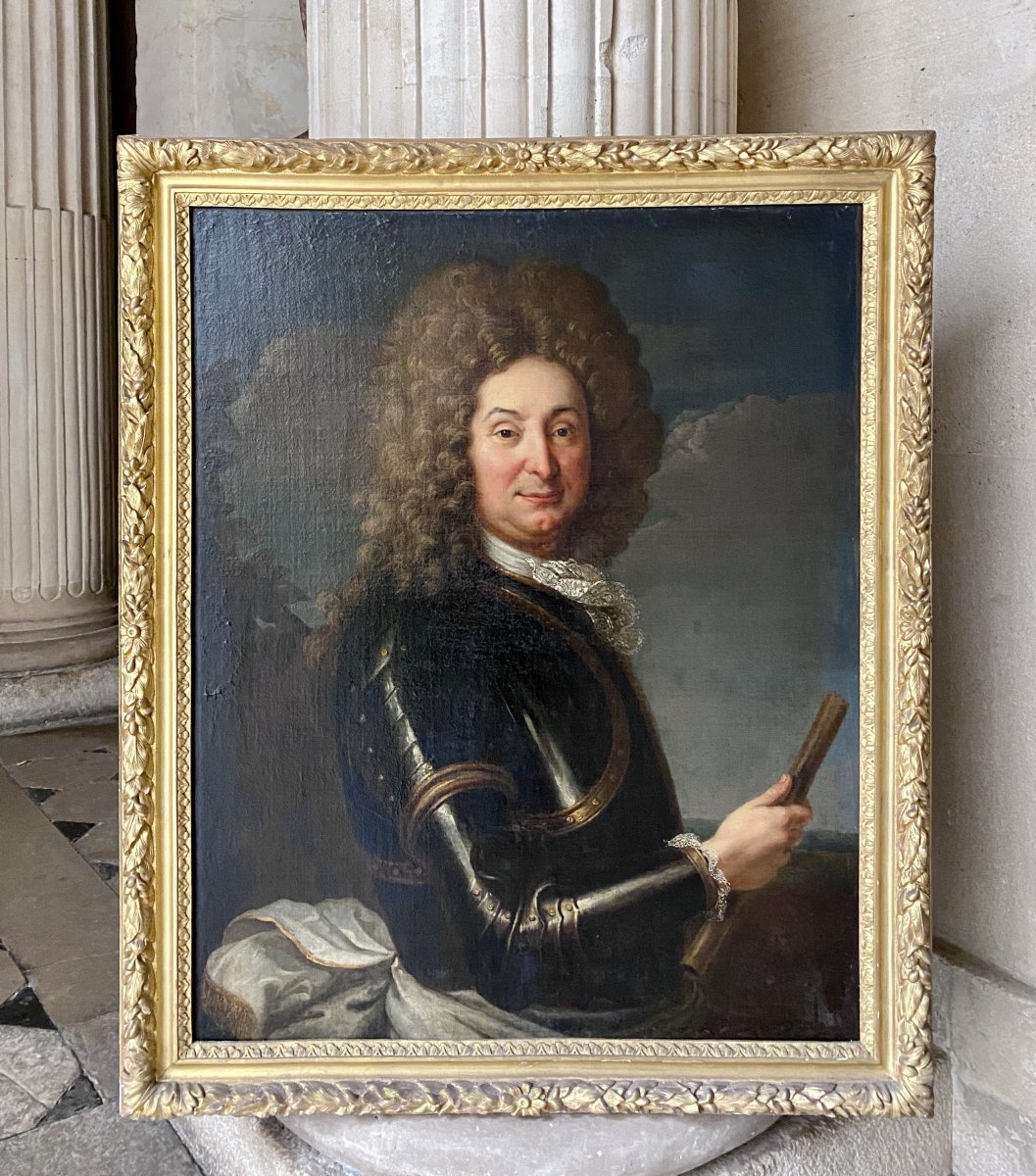



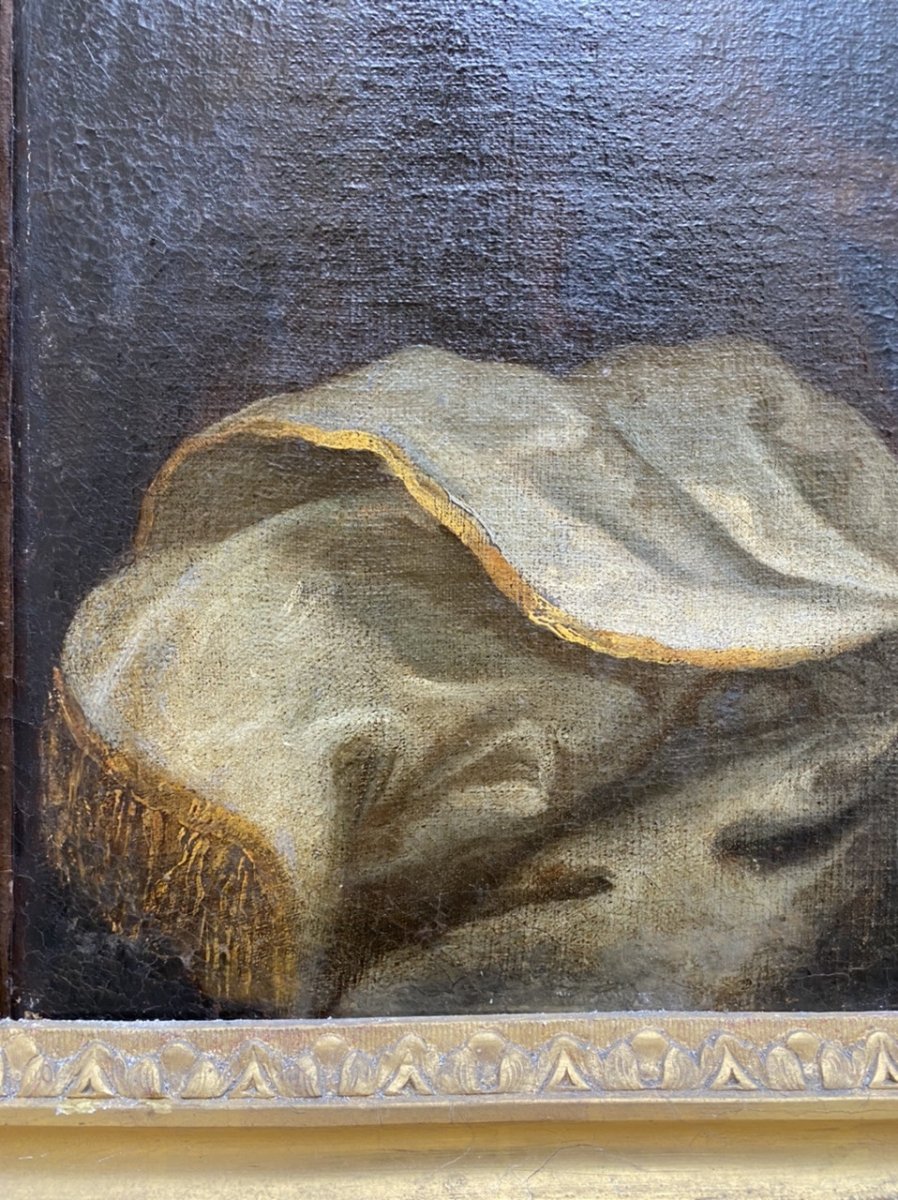

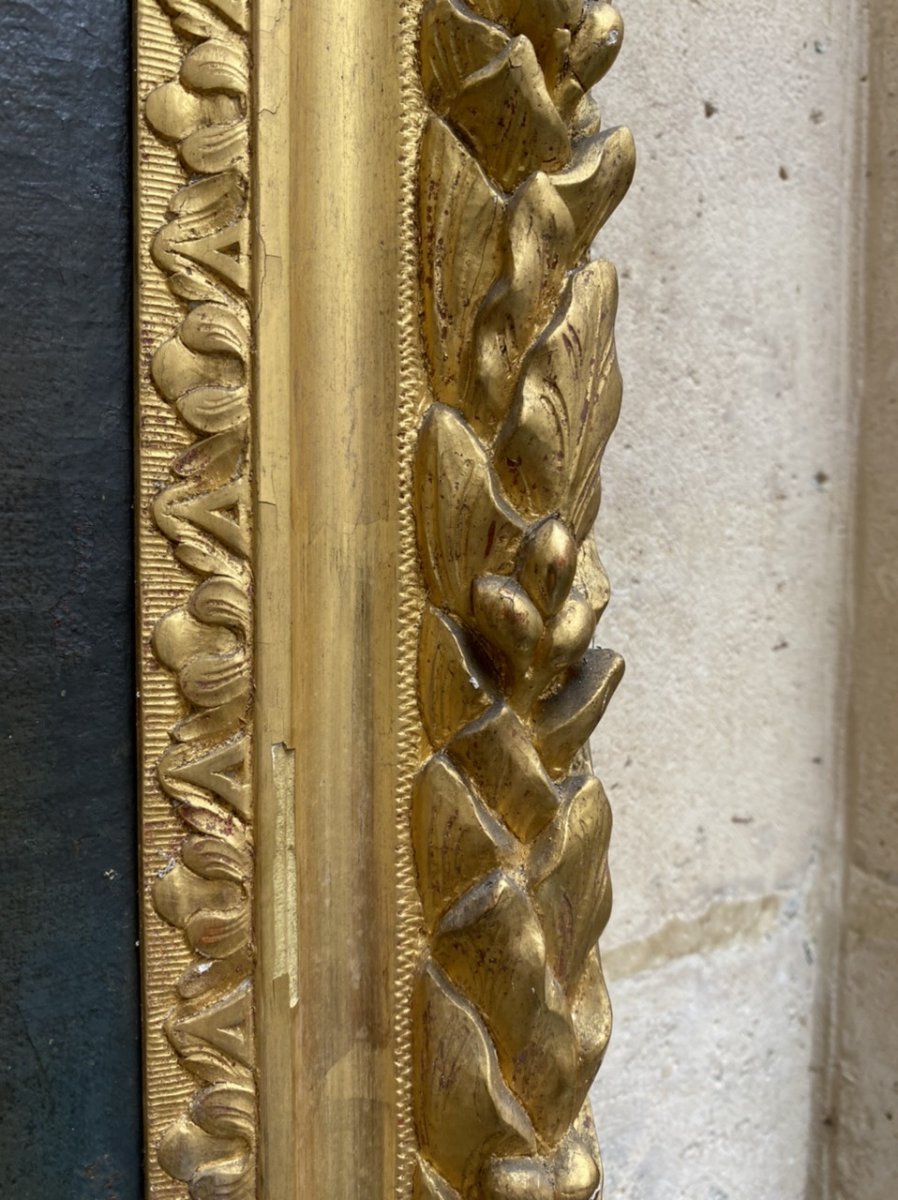






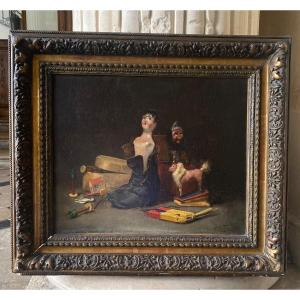
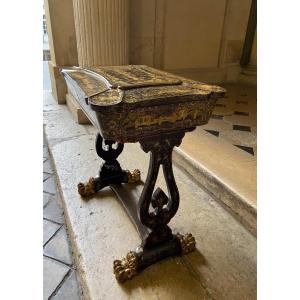
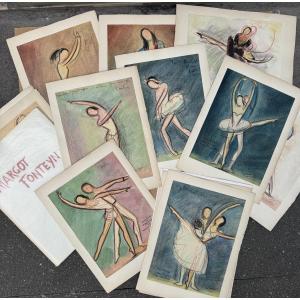




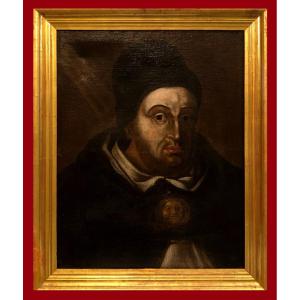




 Le Magazine de PROANTIC
Le Magazine de PROANTIC TRÉSORS Magazine
TRÉSORS Magazine Rivista Artiquariato
Rivista Artiquariato
